101 Simple Ways to Live Sustainably: Your Complete Guide to Green Living
Want to live more sustainably but don't know where to start? Here are 101 practical actions you can take, from simple daily changes to bigger lifestyle shifts.
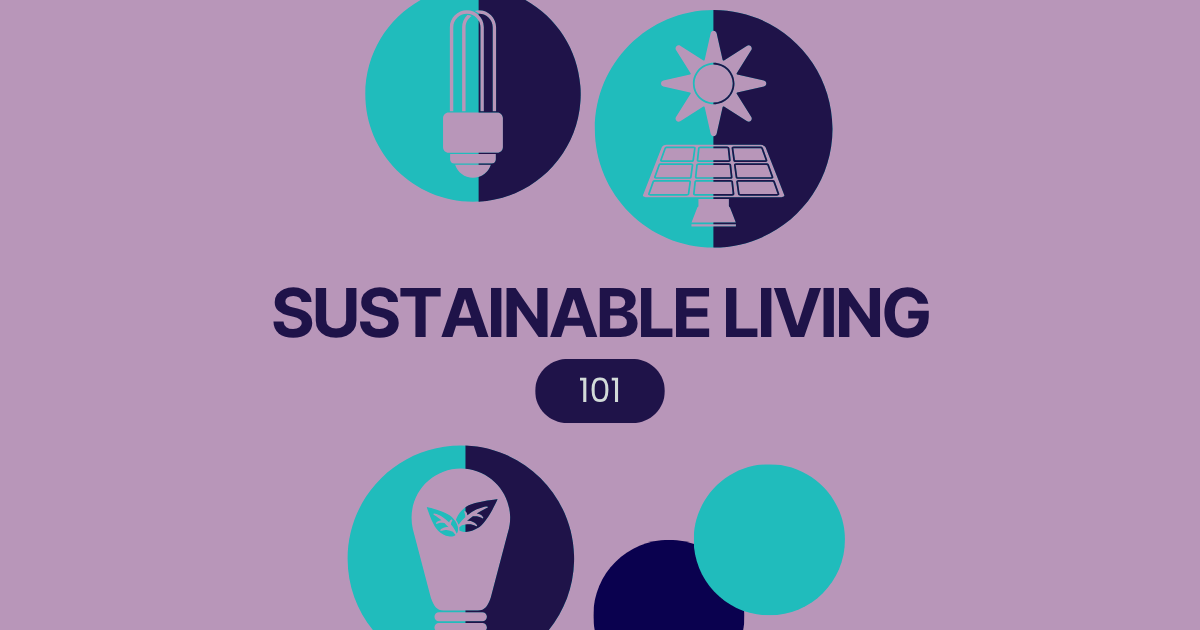
Sustainable living means balancing today's needs with those of future generations. It's about addressing climate change, environmental degradation and social injustice through how we live our daily lives.
Living sustainably looks different for everyone, depending on your location, culture, housing situation and budget. As individuals, it means minimising negative environmental impacts while maintaining a good quality of life.
Think of it as 'sufficiency' - leading a fulfilling life that prioritises health and wellbeing while using fewer resources.
The Big Three Priority Areas
Before diving into all 101 tips, focus on these three areas for maximum impact:
- Energy use - Switch to electricity powered by renewable sources
- Diet - Reduce food waste and limit meat and dairy consumption
- Transport - Cut down on flying and driving
101 Sustainability Tips
At Home
1. Install solar panels - Generate your own renewable electricity
2. Add battery storage - Store solar energy for use when the sun isn't shining
3. Switch energy providers - Choose renewable electricity if you can't install solar
4. Conserve energy - These simple changes can cut bills
5. Electrify everything - Replace gas appliances with electric alternatives
6. Insulate your home - Stay cooler in summer and warmer in winter by insulating roofs, walls and floors and by weather sealing your home
7. Get an induction cooktop - More efficient than gas and safer for indoor air quality
8. Install a heat pump - Efficient heating, cooling and hot water in one system
9. Switch to LED lighting - Use 75% less energy than traditional bulbs
10. Retrofit rather than rebuild - Renovating saves resources and emissions
11. Choose sustainable building materials - Timber, recycled content, low-carbon options
12. Avoid concrete where possible - Major source of emissions; use timber alternatives
13. Install natural benchtops - Avoid engineered stone that risks worker health
14. Use FSC-certified timber - Only buy responsibly sourced wood
15. Paint your roof white - Reflects heat and reduces neighbourhood temperatures
16. Install double or triple glazing - Dramatically improves temperature control
17. Add ceiling fans - An affordable way to improve comfort and reduce energy use
18. Use thick window treatments - Blinds can cut heating costs by 65%
19. Consider green walls - Living walls moderate temperature and support wildlife
20. Switch to electric BBQ - Eliminates fossil fuel use and air pollution
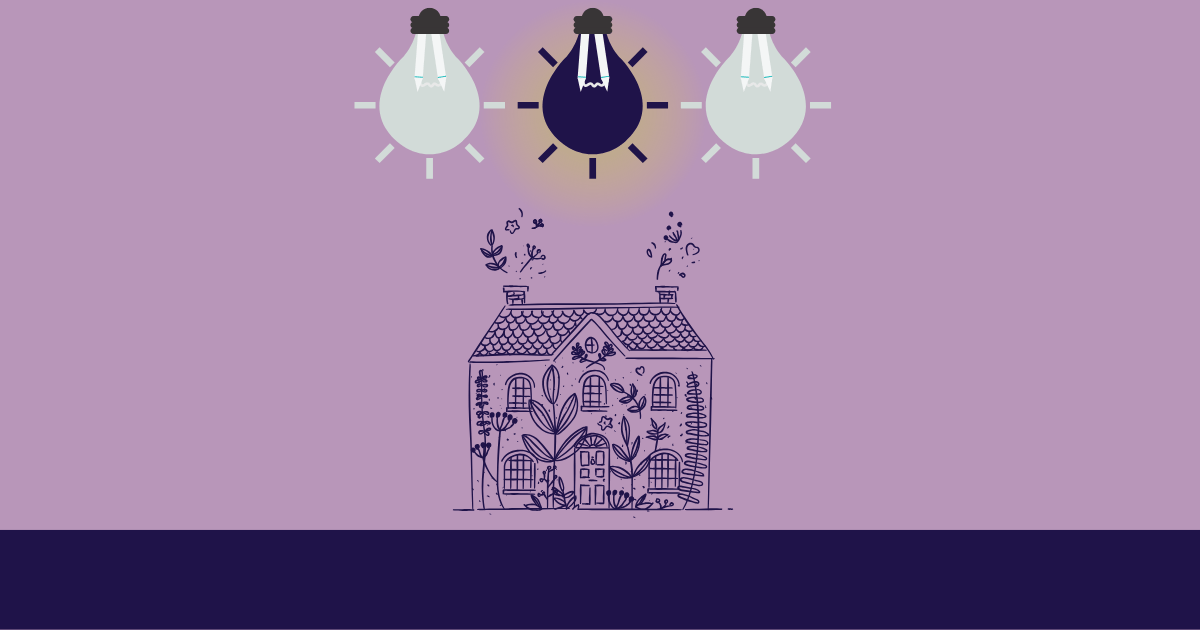
Transport & Travel
21. Walk and cycle more - Cycling is 10 times more important than electric cars for sustainability
22. Use public transport - Advocate for better services if they're lacking in your area
23. Get an electric bike - People with e-bikes cycle twice as often and travel further
24. Try a cargo bike - Amazing for carrying groceries, kids or running a business
25. Drive less often - Road transport accounts for 12% of global emissions
26. Go car-free - Saves money and improves wellbeing if feasible in your area
27. Choose electric vehicles - If you must own a car, make it electric
28. Maintain your vehicle - Regular servicing keeps it running efficiently
29. Limit flights - Aviation benefits a privileged minority; avoid non-essential travel
30. Avoid cruise ships - Extremely polluting with poor labour practices
31. Combine trips - Plan errands efficiently to reduce total travel
32. Work from home - Eliminate commuting when possible
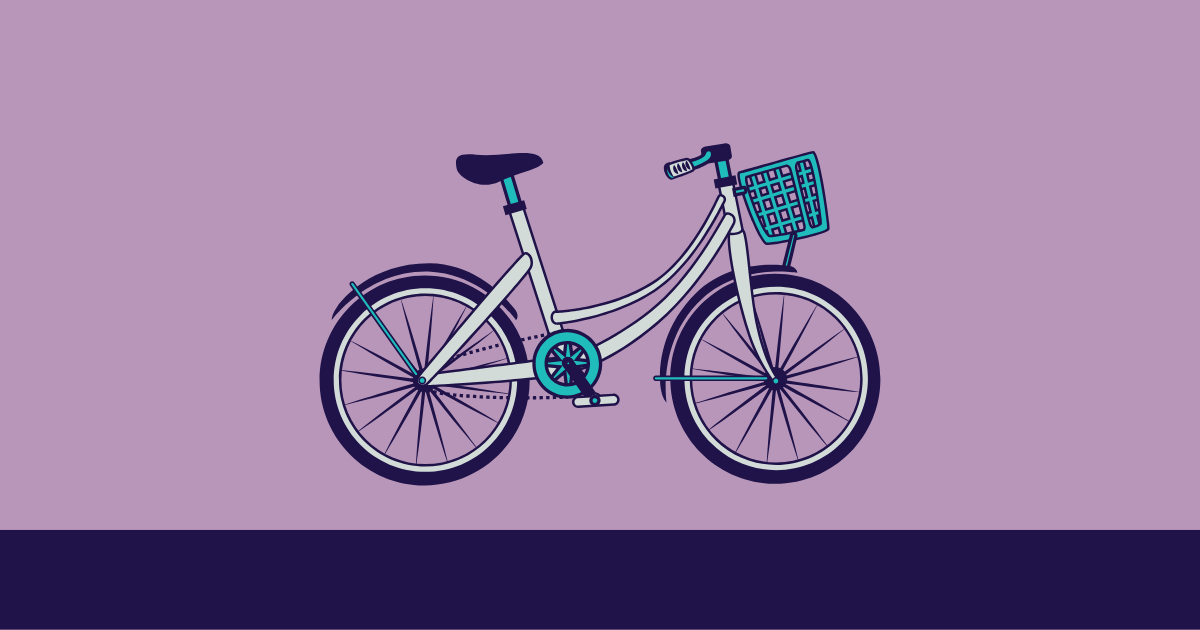
Food & Diet
33. Reduce meat and dairy - Especially beef, which has the highest emissions
34. Limit rice consumption - Choose alternative grains to reduce methane emissions
35. Reduce fish consumption - Oceans are under threat from warming and overfishing
36. Try a Mediterranean diet (or a culturally appropriate alternative) - Could reduce global emissions by 15% if widely adopted
37. Support animal welfare - Choose vegetarian, plant-based or vegan options
38. Plan meals carefully - Only buy what you need to reduce waste
39. Learn proper food storage - Make fresh produce last longer
40. Compost food scraps - Prevents methane emissions from landfill
41. Buy organic when possible - Better for soil and biodiversity, when not managed by corporate farms
42. Shop at local markets - Support producers in your region (reduces supply chain risks)
43. Choose whole foods - Minimally processed options have a lower environmental impact (unlike ultraprocessed foods)
44. Look for fair trade products - Supports ethical production practices (in general)
45. Avoid palm oil - Linked to deforestation and habitat destruction
46. Support small food businesses - Counter corporate concentration in food systems
47. Grow your own food - Even herbs on a windowsill make a difference
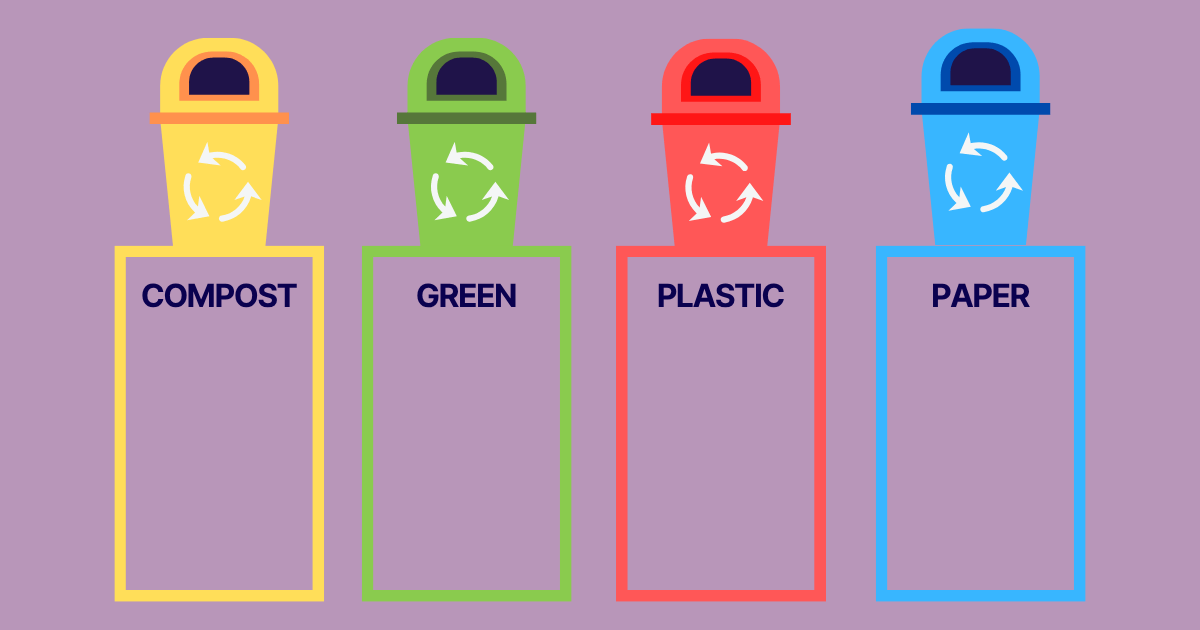
Urban Living & Community
48. Advocate for lower speed limits - 30km/h on residential streets saves lives and reduces pollution
49. Demand safe cycling infrastructure - Separated bike lanes encourage more cycling
50. Promote green space access - Support the 3-30-300 rule (3 trees visible, 30% canopy, 300m to park)
51. Care for street trees - Water struggling trees during severe droughts and heatwaves, or contact your local council
52. Live in smaller spaces - Use fewer resources to build, heat and cool
53. Support medium-density housing - Townhouses and small apartment buildings reduce urban sprawl
54. Don't knock high-density housing - High rises are necessary around transport hubs
55. Take back the streets - Convert car parks and streets for people
56. Repurpose abandoned buildings - Turn old malls into affordable housing
57. Reclaim golf courses - Benefit less than 3% of people; could be community solar or housing
58. Support mixed-use zoning - Retail, residential and commercial in one area to improve services and encourage walking
59. End single-family zoning - Allow diverse housing types for affordability and sustainability
60. Participate in local planning - Comment on development proposals in your area and be a YIMBY (yes, in my backyard)
61. Get to know your neighbours - Check on elderly and vulnerable community members
62. Attend community events - Support local culture and connection
63. Join local government activities - Environmental action happens at the local level
64. Volunteer regularly - Contribute time and skills to causes you care about
Gardening & Green Spaces
65. Plant a wildlife garden - Support local pollinators and native species
66. Replace lawn with wildflowers - Lawns waste water and provide little ecological value
67. Compost at home - Turn food waste into valuable soil amendment
68. Grow a survival garden - Enhance food security with diverse fruit and vegetables
69. Follow no-dig principles - Protect soil structure and carbon storage
70. Avoid chemical fertilisers - Use compost instead for healthy soil
71. Never use herbicides - Protect human health and beneficial insects
72. Install a garden pond - Provide water for wildlife and pollinators
73. Join a community garden - Access growing space and learn from others
74. Create therapy gardens - Support people with disabilities and the elderly
75. Grow native plants - Best adapted to local conditions and wildlife
76. Plant trees in your garden - Filter air, reduce heat and support biodiversity
77. Support independent seed suppliers - Maintain genetic diversity in food crops
78. Install green walls - Moderate temperatures and provide wildlife habitat
Water Conservation
79. Track water usage - Monitor consumption to identify saving opportunities
80. Take shorter showers - Even one minute less makes a difference
81. Install water-saving devices - Low-flow showerheads and dual-flush toilets
82. Run full loads only - Washing machines and dishwashers on eco cycles
83. Fix leaks immediately - Maintain plumbing and appliances promptly
84. Install rainwater tanks - Capture stormwater for garden irrigation
85. Build rain gardens - Filter stormwater pollution naturally
86. Reuse greywater - Capture shower and sink water for garden use
87. Choose water-efficient appliances - When replacing old machines
88. Dispose of biodegradables properly - Prevent microplastic pollution in waterways
89. Grow drought-tolerant plants - Reduce irrigation needs once established
Responsible Shopping
90. Buy less overall - The most sustainable purchase is the one you don't make
91. Become a conscious consumer - Choose companies with strong environmental and social practices
92. Reuse, repurpose, recycle - In that order of priority
93. Avoid single-use plastics - Carry reusable bags, bottles and containers
94. Eliminate other plastics - These are byproducts of the fossil fuel industry
95. Stick to your budget - Avoid overspending on unnecessary items
96. Stop buying new clothes - You probably have enough for several years
97. Keep electronics longer - Only replace when repair isn't possible
98. Understand sustainability - Know what makes a product sustainable
99. Buy in bulk - Reduce packaging and transport emissions
100. Choose sustainable delivery - Support bike delivery and fair wages
101. Vote with your wallet - Boycott companies with poor environmental records
Social Action & Advocacy
Beyond individual choices, sustainable living includes working for systemic change:
- Donate regularly to causes you support
- Give to charity - clothes and household items in good condition
- Join a union for workers' rights and fair conditions
- Become an activist for causes you care about
- Join protests and raise awareness through demonstrations
- Vote for change - research candidates committed to climate action
- Support education for all, especially minorities and low-income students
- Value diversity and call out prejudice
- Listen to Indigenous perspectives and traditional knowledge
- Boycott harmful organisations - banks funding fossil fuels, companies with poor records
Getting Started
These tips are designed for people in wealthy countries with the capacity to make changes. Start with what feels manageable and build from there.
Remember: individual choices matter, but they also influence others and contribute to the collective action needed for a sustainable future. You're part of the system, and every positive change you make creates ripples that extend far beyond your own life.




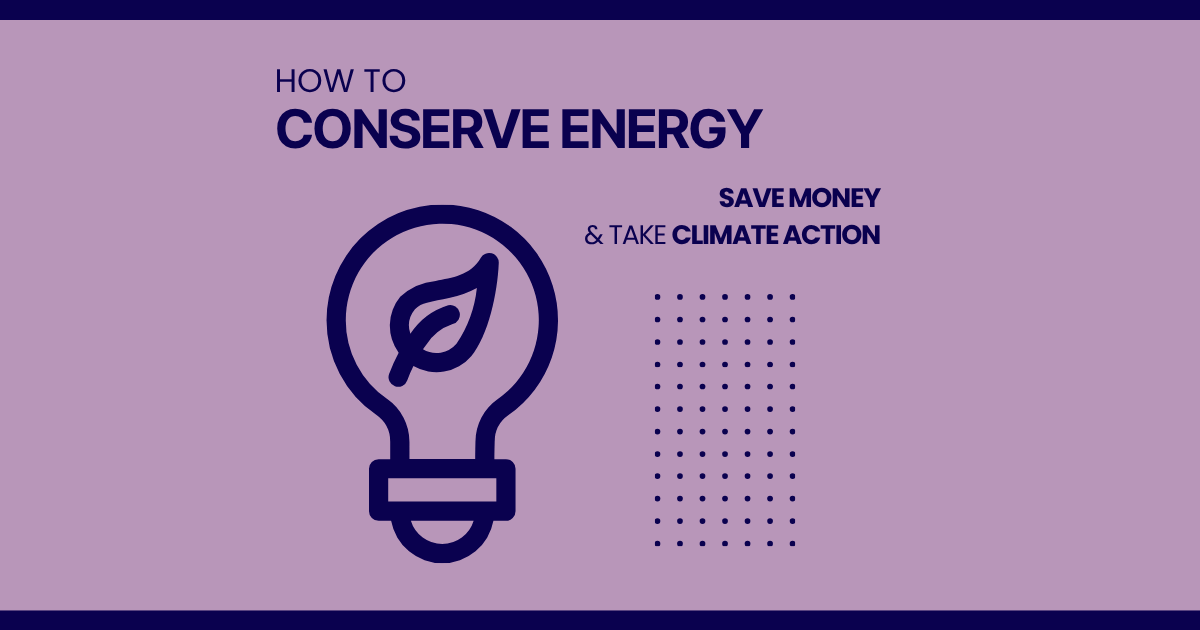

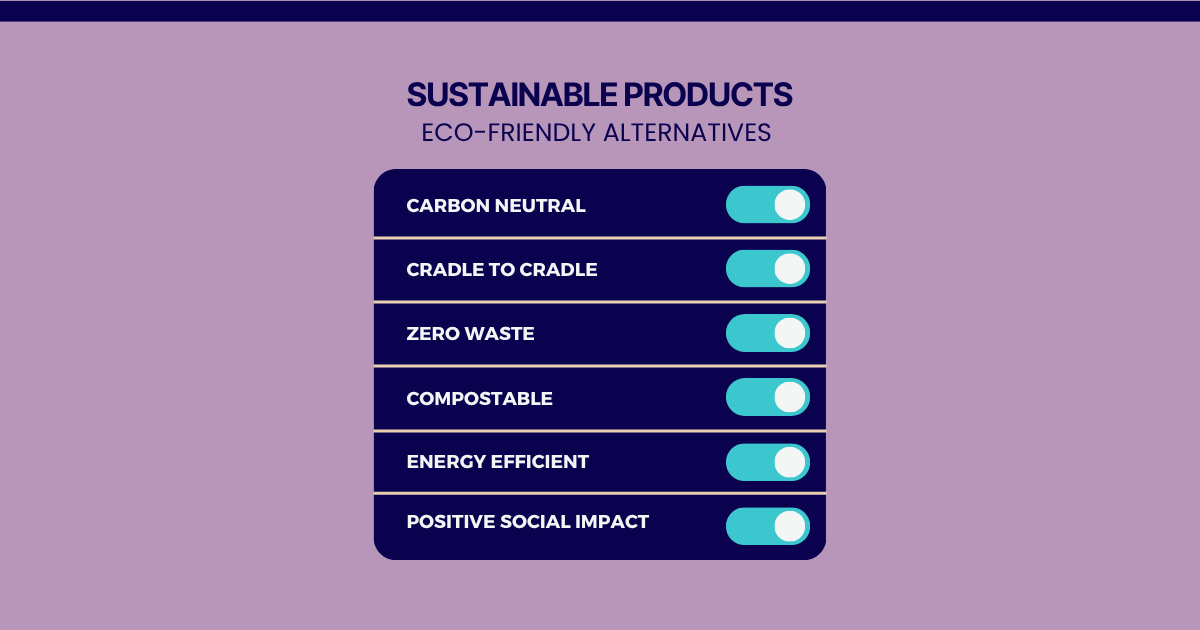
Comments